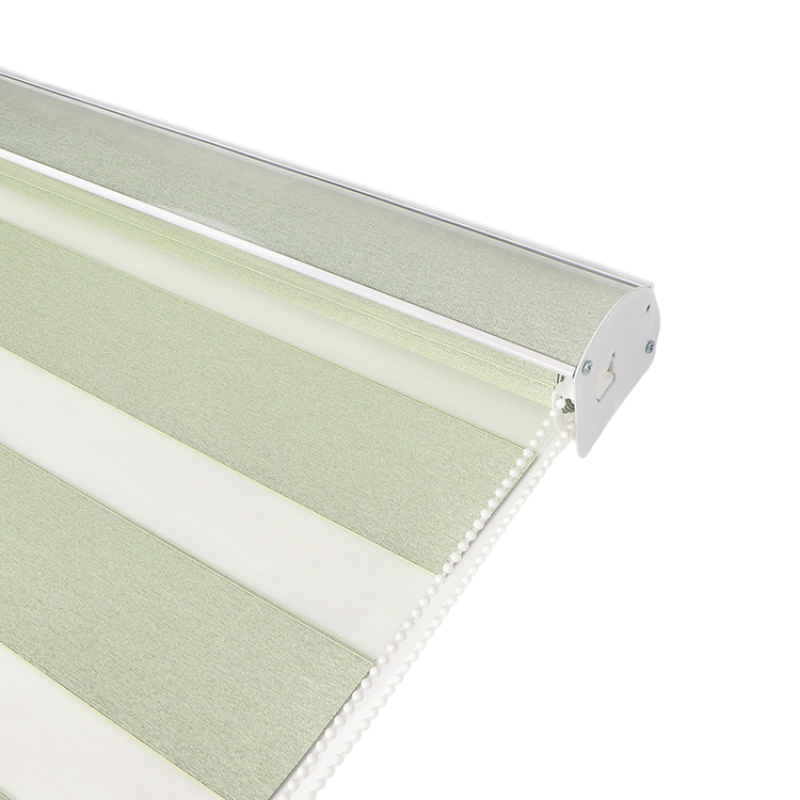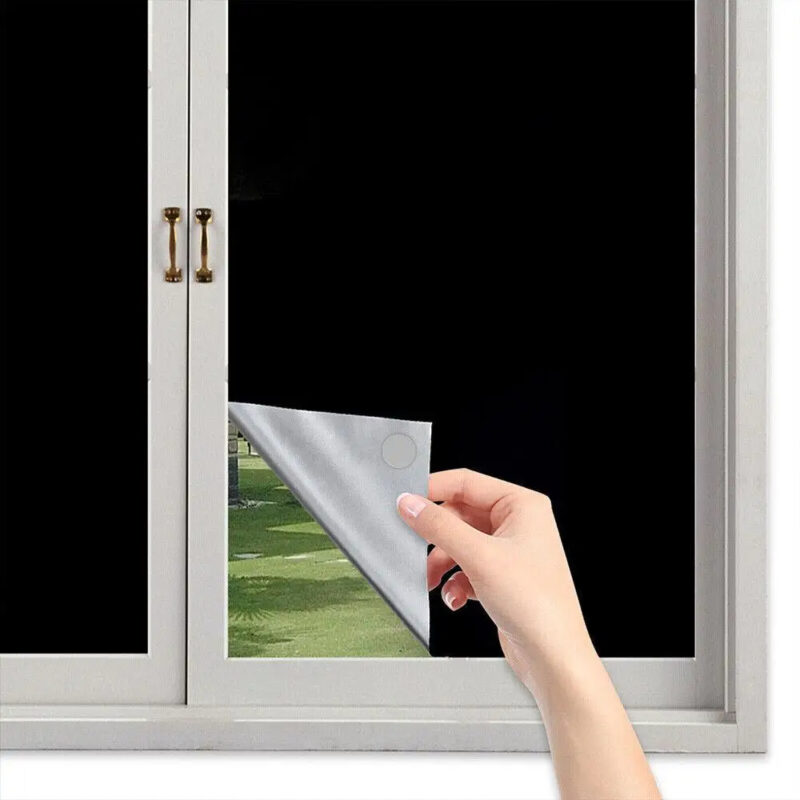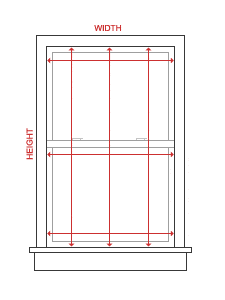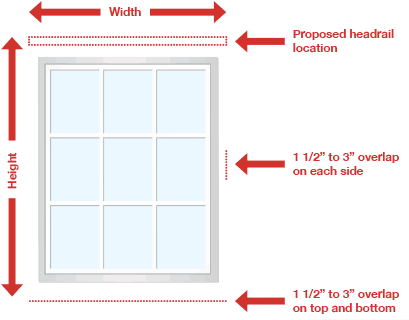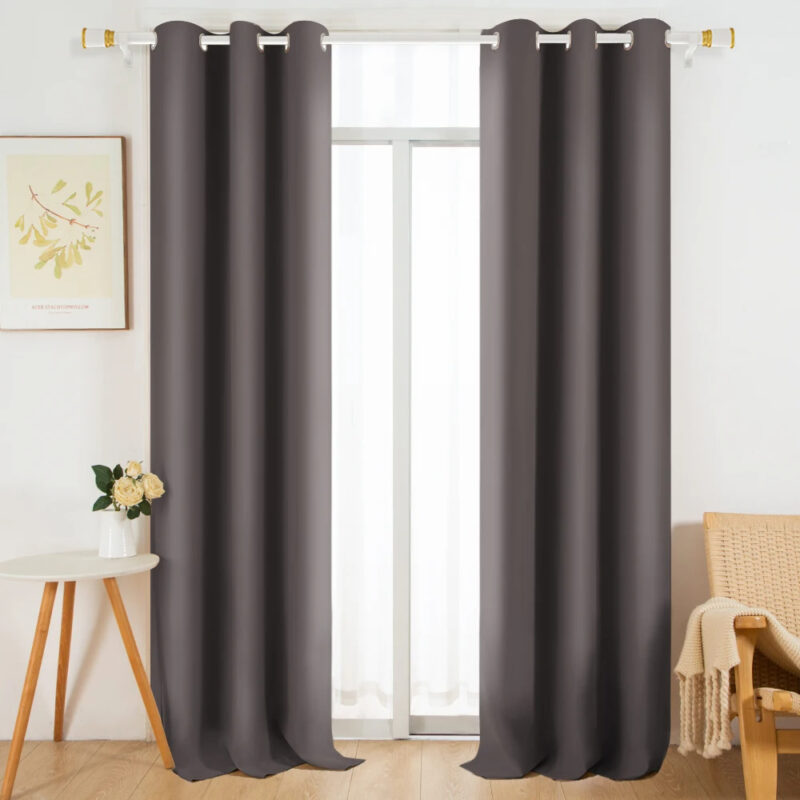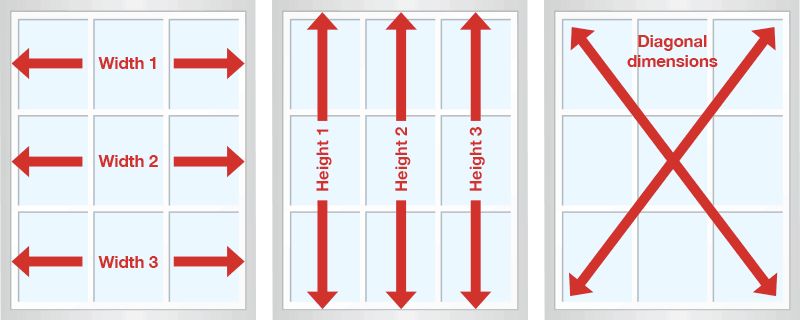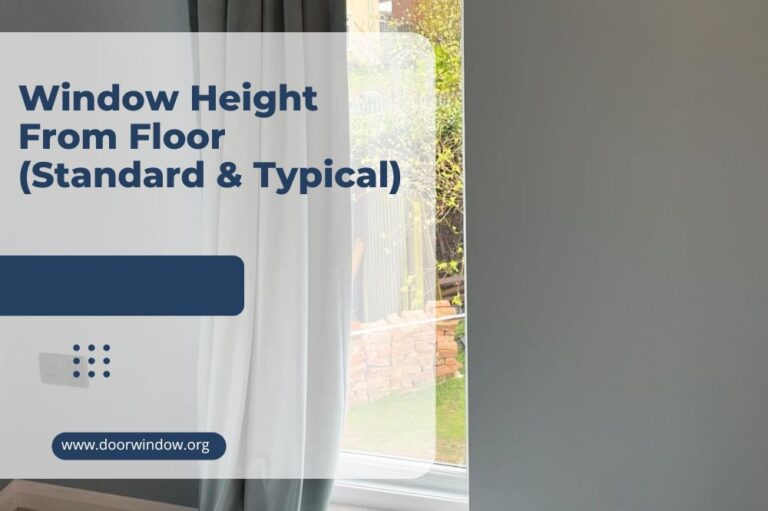How to Measure for Window Blinds & Shades? (Step-By-Step Tutorial)

Getting the exact measurement of a window is essential if you want to install custom window blinds or shades. An accurate dimension guarantees an excellent fit for the window.
Installing a window blind or shade makes an office or home space look attractive. But you need to know the dimension of the window you want to fix it on.
Calling a professional won’t be quite necessary since you can carry out a DIY window measurement to save costs. So, to make things easy for you we’ve put together great guides on how to measure for window blinds and shades.
Are Y0u Installing The Blind Or Shade Inside Or Outside Mount?
You should decide whether to hang the blinds outside or inside the window frame. This decision is the first step to take before taking the measurements.
Shades hanged on the interior window frame give the house a decent look. The headrail will position at the back of the window case when mounted on an internal frame.
The positioning makes the window’s actual size distinct and allows you to see the molding of the frame. For a perfect blind fit on the cornice, there should be adequate depth on the window frame.
The vast depth is to accommodate the length of the blind’s headrail adequately. Every blind style has different depth requirements for a good fit.
Generally, for best blind installation process, you need a 1-2 inch horizontal depth and about 3-4 inch for vertical depth. These are the standard window blind sizes that has existed for years.
You may still mount the blinds without adequate depth for a flush fit. The only let down would be a slight projection of the blind beam beyond the inside window frame. Mounting the blinds on the exterior of the window frame gives it a broader look and can help conceal an ugly opening.
You can hang the blind precisely on the window molding when it’s mounted outside. You can also hang it above the frame to enhance a flush fit.
Installing the blind outside offers better control of light as well as improved privacy. It may also be your last choice if the blind frame is deeper than the window.
Tools Required to Measure for Window Blinds and Shades
- Marker or Pencil
- Measuring Worksheet
- Ladder (if needed)
- Steel Tape Measure
Taking Measurements for Horizontal Blinds
How to Measure for Blinds Inside Mount
Get the correct length of the window at the top, center, and downside. Take the smallest length value and avoid approximating any quantity to get the precise dimensions of the shortest length value. The experts will now make the needed approximations to contain the headrail and mounting frame.
Also, get the accurate window height at the left, right, and center. Write down the longest height value and remember not to make any approximations. The experts would know what to do with the headrail length value when you present the dimensions to them.
How to Measure for Blinds Outside Mount
Take the measurement and get the exact dimension for the blind position, then add three inches for privacy. Measure firm the top of the headrail position to the bottom of the window sill or your preferred spot. Then, add half-inch to enhance the control of light.
Taking Measurements for Vertical Blinds
Vertical Blinds Mounted Inside
Take the length measurement starting from the top of the window to the sill in three spots. Once you have gotten 3 dimensions, takedown the smallest size for the length of the blind.
The experts will make a half or quarter inch approximation. Do the same for the accurate height. That is the measurement of the 3 places from the top sill and taking the most extended dimensions. Take diagonal window measurements in the two places. It’s better to mount outside if the diagonal sizes are unequal.
The outside mount will enhance the beauty and light control if the inside has unequal diagonals. Allow the factor to make the approximations for a flush fit mount.
Vertical Blinds Mounted Outside
Take the accurate measurement of the window length plus bracket or molding, if there is any. Add 3-inch to the high sides to enhance control of light. Also, ensure to measure the window height from the top of the frame to the bottom. If there is a sill, ensure you start from there.
Add three inches to the measurement to enable enough mounting space. When the blind extends beyond the frame, downwards ensure you take out like half-inch to avoid touching the floor.
How to Measure for Shades
Measuring for Inside Mount Shades
You install mount shades on the interior window casing. For a flush installation on a window bracket, you need a 2-inch depth for a balance. You also need a four-inch depth without a balance.
- Get the measurement of the frame depth. The space between the edge of the opening and its pane is the depth of the window. The dimensions should be in accordance with the smallest depth needed for mounting a shade on the inside.
- You should take measurements of different points, which include the bottom, top, and center. Usually, the smallest dimension of the three is the perfect length for blinds.
- Take the height dimension of the window opening at the left, right, and center. The smallest value of the three dimensions is the exact measurement of the window height. This rule applies to vertical Blinds, sheer zebra shades, and light filtering roller shades. But for less expensive shaders like the Roman and sheer window shades, take the longest dimension.
- Ensure that the dimension is in Length X Height X Depth (L x D X H) format.
Measuring for Outside Mount Shades
To get the accurate dimension for an outside mount window treatment, take the steps listed here
- Get the size of the window top and add like a two inches extension on the frame for the headrail. The expansion of space is for the comfortable hanging of the headrail. The dimension should contain that of the headrail height.
- Measure the length. To measure the sheer window shades, add a one-inch overlap on both sides of the window. If it’s for vertical or light filtering shades, you might want to make the overlap 2-6 inches.
- The extension makes for enhanced light control and covers the light spaces found on regular roller shades.
- Mark out the position of the headrail or top spot of the window frame.
- Get the measurement of the height between the pointed-out area and the preferred base of the window bracket. Use flange brackets or spacer blocks to prevent hindrances from molding or window handles. The format for the dimension is Length X Height X Depth (Lx Hx D).
Tips to Consider when Measuring for Roller Shades
- Make use of a steel Tape Measure to get the exact dimension
- Avoid mix up in the format to prevent complications. Maintain the laid down format Length X Height X Depth (L X D X H) format.
- Round off the measurement to the nearest ⅛ inch. Do not round up to a whole or a half-inch.
- When taking measurements in more than one window, you should take one dimension at a time. Avoid assumptions, even if the windows look the same.
Wrap Up
It’s essential to always to take accurate measurements when mounting window blinds or shades. The more the accuracy, the better the flush fit of the blind. For this reason, you should know how to measure for window blinds and shades.
This guide will put you through the necessary steps to measure various types of blinds and shades. You should, however, contact the home improvement store for the standard window blind sizes.


